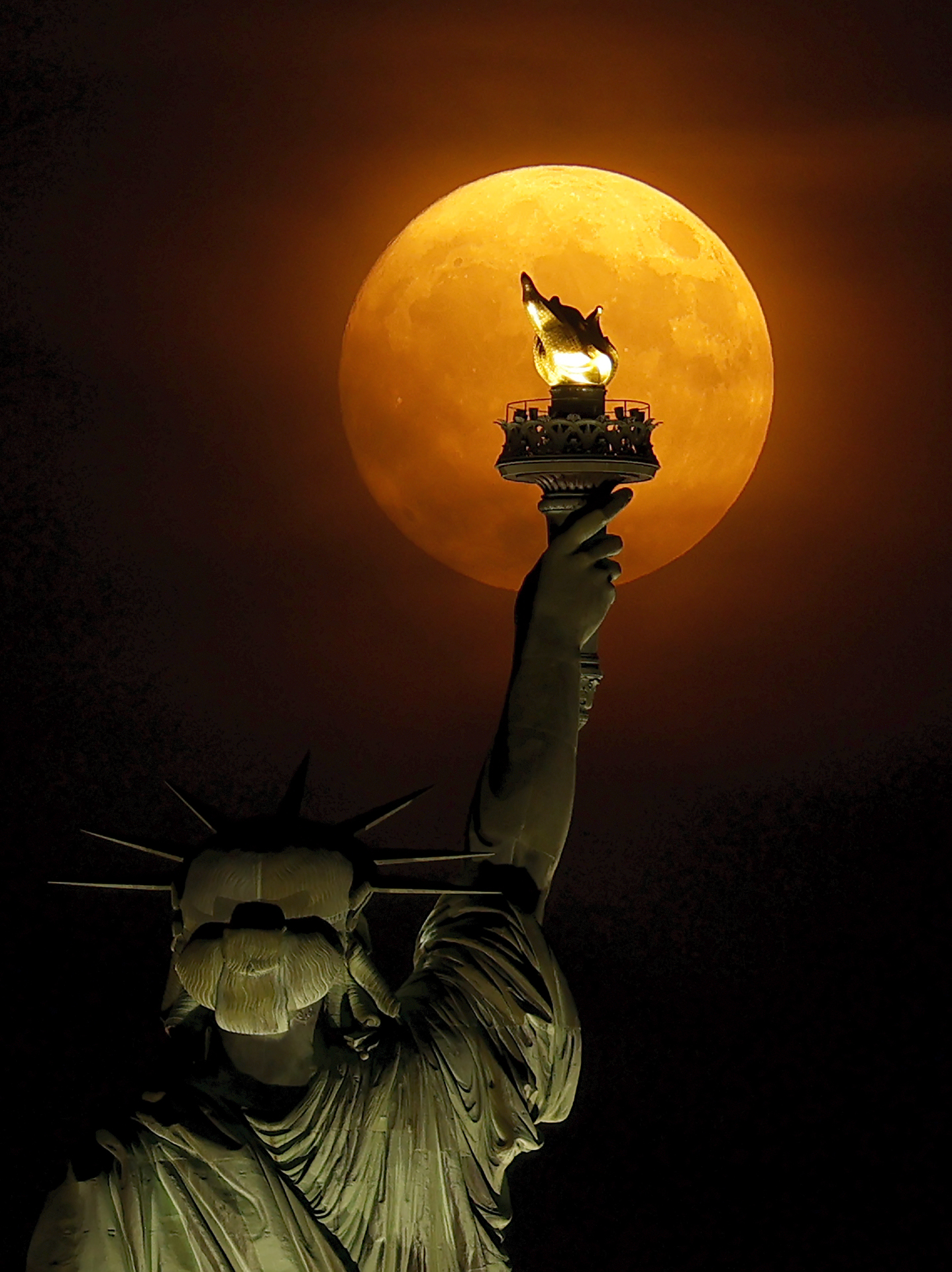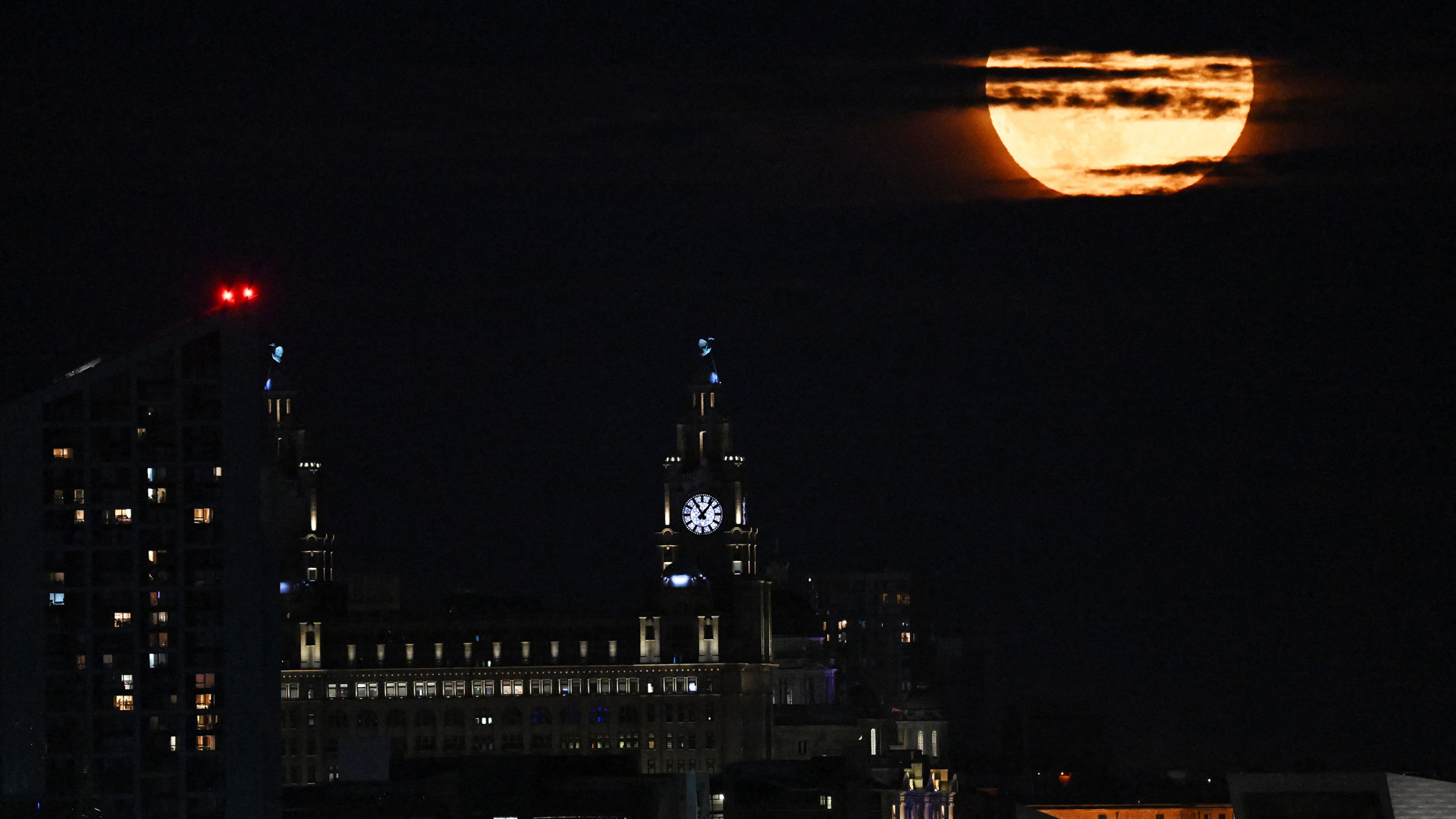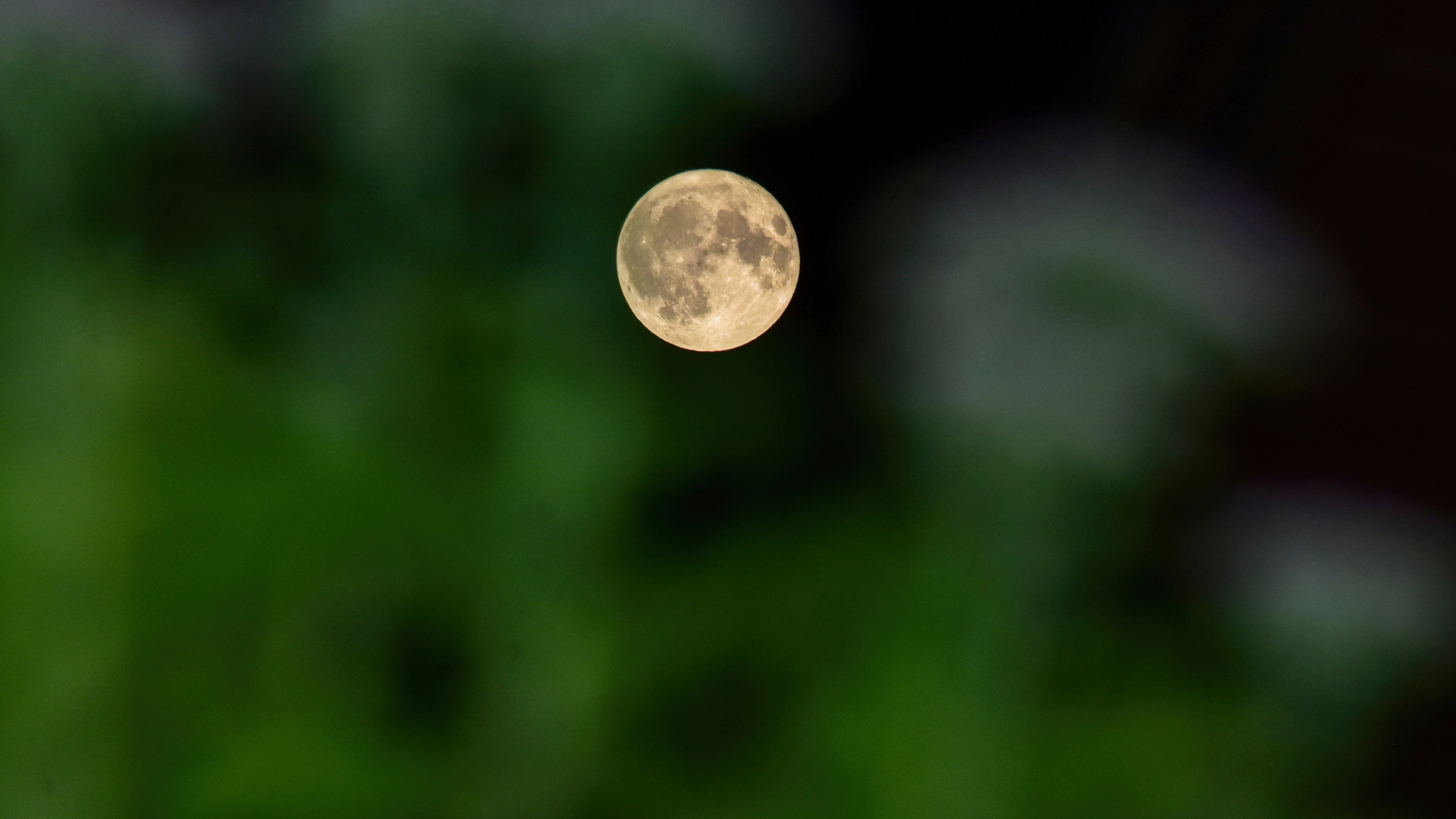Full Buck Moon, the 1st supermoon of the year, thrills skywatchers all over the world (photos, video)
Skywatchers and astrophotographers from across the globe shared images of the first supermoon of the year, which rose on July 3.
The first supermoon of 2023 illuminated the sky all over the world on July 3, inspiring photographers and skywatchers to turn their eyes to the sky.
July's full moon, the Buck Moon, rose at 7:10 p.m. EDT (2310 GMT) on Monday (July 3) in New York and set at 4:33 a.m. EDT (0833 GMT) on Tuesday (July 4), just as the U.S. was waking up into the July 4 celebrations.
Named after the buck deer, which grow their antlers in July, this year's Buck Moon attracted astrophotographers of all levels who caught the stunning celestial sight against a range of iconic backdrops including New York's Statue of Liberty.
Related: July's Full Buck Moon, the 1st of 4 supermoons this summer, rises tonight

Looking for a telescope to see this summer's four supermoons up close? We recommend the Celestron Astro Fi 102 as the top pick in our best beginner's telescope guide.
Gary Hershom caught the Buck supermoon glowing in orange and red as it lit the copper torch of Lady Liberty, a symbol of enlightenment, said to light the way to freedom and the path to Liberty.
Another image taken from New York showed the supermoon shrouded by dark clouds as it shone over the city skyline with the Statue of Liberty gazing over it.
Of course, images of the full moon weren't restricted to making cameos alongside historic structures in the U.S.
Breaking space news, the latest updates on rocket launches, skywatching events and more!
Many of the settlers who emigrated to the U.S. during its history would have begun their journeys across the Atlantic from the docks of Liverpool in the U.K. Paul Ellis caught a stunning image of the Buck Moon behind dark clouds over the historic Albert Dock and Liver building of the city in Merseyside.
Also catching the supermoon in a brooding mood from the U.K. was Twitter user Veronica in the Fens, who, despite cloud coverage, sighted the moon playing "peek-a-boo" over Ely Cathedral in Cambridgeshire.
The Full Moon of July 2023 is playing 🫣 peekaboo across the Fens as it is rising over @Ely_Cathedral this Monday evening. #FullMoon #BuckMoon #LovElyCathedral pic.twitter.com/noXkqUuigiJuly 3, 2023
In Paris, the July full moon was pictured by Stefano Rellandini over the Pont de Bercy, a bridge stretching over the river Seline, with a plane transiting its face.
Imaging the Buck Moon from slightly further afield, Saqib Majee saw the July full moon over the Indian summer capital Srinagar in the territory of Jammu and Kashmir.
Hussein Faleh saw the supermoon as it rose behind the unique pine cone-like structure of the Basra International Stadium in Iraq's southern city of Basra.
An image of the supermoon taken at moonrise by space enthusiast, amateur space artist and amateur photographer Marwella Zhang and shared on her Twitter feed may lack the vibrant colors seen in the other Buck Moon images, but it more than makes up for this in sheer detail.
Full (Buck) Moon this evening at moonrise. #Moon #MoonHour #BuckMoon pic.twitter.com/pRJKsDWtR3July 3, 2023
If these supermoon images of the Buck Moon have you interested in capturing your own images of a supermoon, you will be spoiled for choice over the coming months. The July 2 Buck Moon marked the first in a series of four supermoons.
The next supermoon will occur on Tuesday, August 1, in the form of the Full Sturgeon Moon. After this, August will have a second supermoon, when the Blue Moon rises on Aug. 30. After this, the series of supermoons draws to a close on Sept. 28 with the rise of the Full Corn Moon, also the final supermoon of 2023.
If you are hoping to catch a look at one of these supermoons, our guides to the best telescopes and binoculars are a great place to start.
If you're looking to snap photos of the moon and the night sky in general, check out our guide on how to photograph the moon, as well as our best cameras for astrophotography and best lenses for astrophotography.

Robert Lea is a science journalist in the U.K. whose articles have been published in Physics World, New Scientist, Astronomy Magazine, All About Space, Newsweek and ZME Science. He also writes about science communication for Elsevier and the European Journal of Physics. Rob holds a bachelor of science degree in physics and astronomy from the U.K.’s Open University. Follow him on Twitter @sciencef1rst.






